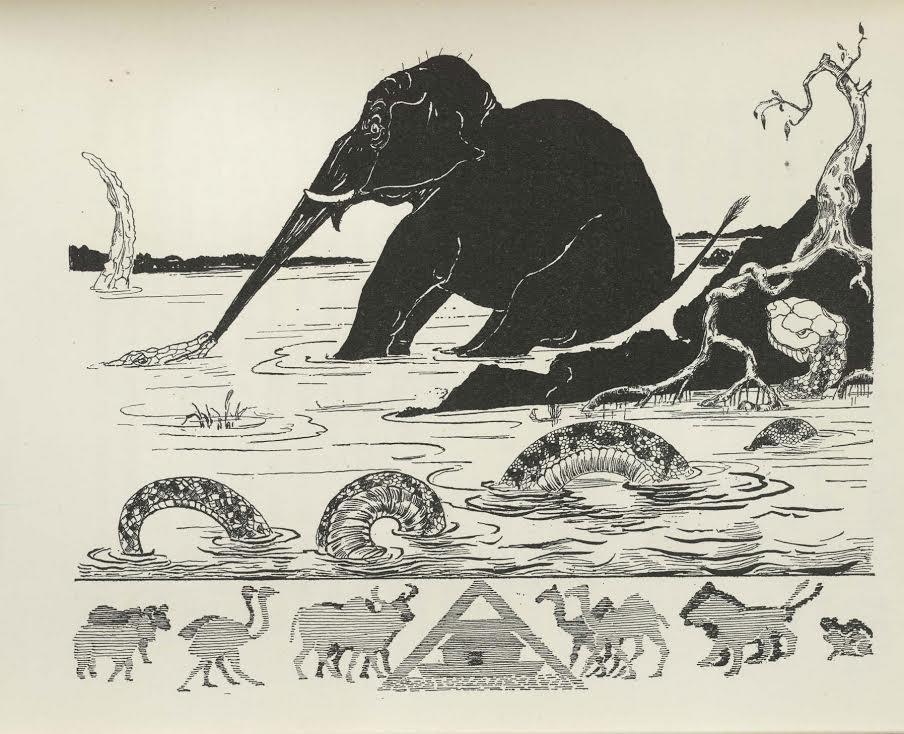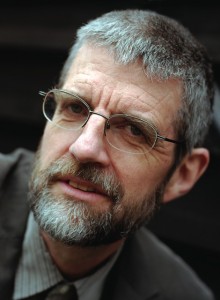Humans have always been obsessed with how things came to be. Originally, this started with existence, how humans arrived on Earth, how our planet was formed, what caused the lights in the sky; once those topics were milked for all they were worth, these stories narrowed down: how the rhino got its skin in the classic porquoi tale best told by Rudyard Kipling, how narcissism created the echo and reflection from the Greek myth, or why male genitalia looks the way it does as given in the Winnebago Trickster Cycle from the Winnebago Native American oral tradition. Perhaps the most interesting thing is how the same stories are told in a multitude of ways. This could be attributed to use of oral tradition, the passing down of stories through voice, carrying through different narrators with different styles of speaking and different interpretations of the same events. In this way, the story is always changing and refining through a never-ending cycle of editors in order to become the tales we know today.

There’s something satisfying about creation, too, like scratching an itch you didn’t even know existed. The act of creation through writing, art, music, and crafts is highly valued, even though nobody wants to do it. Everyone dreams of writing a novel but taking on writing as a profession is still generally met with hesitance (“Creative writing? What do you plan to do with that, teach?”). However, in a more visual sense, such as works-in-progress videos by various artists or with crafts like crocheting or knitting, people are hypnotized. I find there’s nothing more calming than watching someone make a watercolor painting, and when the work is finished, I want to find the artist and thank them for allowing me to watch. When I crochet in public, I’m always greeted with a “What are you knitting?” (I’ve given up correcting them) followed by the person watching me work as I wrap the yarn around the hook and pull it through the loops.
The downside to creating is, of course, dealing with doubt. I don’t think anybody in creation stories ever doubted their actions, but being in the arts requires juggling doubt and dancing with failure. One of the ways I personally deal with this is by writing my own creation stories. I’ve found it kick-starts my imagination and returns me to the mindset of seven-year-old me who loved to write how things came to be, to the point of writing a chapter book about star formation. Creativity is a must, too. Why do snails have shells? Well, obviously, a snail started out as a slug and decided it wanted to become strong, like the ant, so it found a shell to live in and now carries its own house on its back as a strength building exercise. It’s unscientific but gives us a new way of looking at the world which is exactly what literature and the arts aim to do: show new perspectives so that we may live without hurting others. Bonding through any form of creation, especially through storytelling, gives us the chance to understand something new, both in intellectual and empathetic standpoints. Even if your next work doesn’t make you the next Charles Dickens, it’s still creation and has the possibility to change someone’s viewpoint. Even if it’s not something you want published, tell the story to a few friends and tell them to pass it on to someone else; in a few generations, you’ll have a masterpiece.
